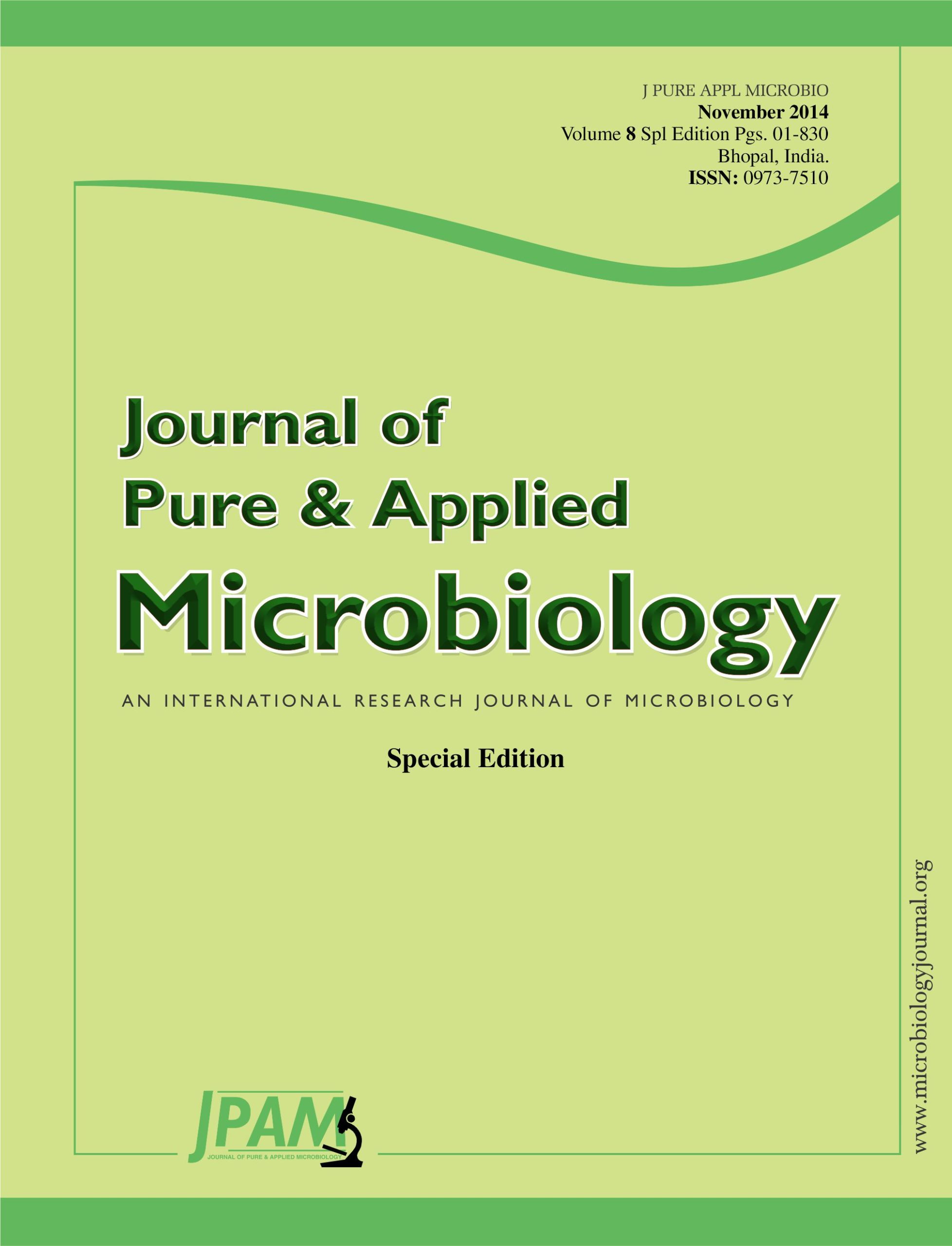Changes in colour and germination index as indicators of the compost maturity were monitored during the composting of Conocarpus erectus residues. The residues (leaves and small stems) were collected, cut into small pieces, moistend (65%) and mixed and placed in 2 bioreactors. The total volume of the bioreactor was 0.03 m3. Airflow was supplied at a rate of 10 L/min. The results showed that the temperature increased and reached its maximum (54oC) after 36 hrs and then decreased to 26oC. The C/N ratio decreased from 25.22 to 18.48. A gradual darkening took place and the final compost was black in colour. The colour variables (L*, a*, b*) decreased with time and consequently, the DE*ab increased with time as indication of the colour change. The germination (G%) of radish seeds was 75.84, 65.50, 86.18, 99.96, 103.41 and 103.41%, the root length (RL%) was 83.33, 79.17, 116.67, 175, 191.67 and 202.08%, and consequently, the germination index (GI%) was 63.34, 52.14, 100.83, 175.37, 198.2 and 208.97% after 0, 3, 6, 9, 12 and 15 days, respectively. It can be concluded that the changes in colour and germination index could be used as indicators for the progress of composting and compost maturity.
Conocarpus erectus residues, Compost, Colour, Germination index
© The Author(s) 2014. Open Access. This article is distributed under the terms of the Creative Commons Attribution 4.0 International License which permits unrestricted use, sharing, distribution, and reproduction in any medium, provided you give appropriate credit to the original author(s) and the source, provide a link to the Creative Commons license, and indicate if changes were made.


